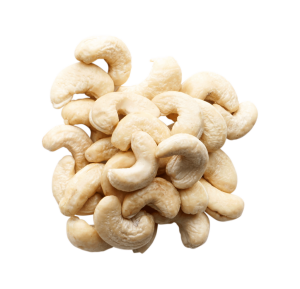Preclinical Research Long-term use nonsteroidal anti-inflammatory drug is associated with gastrointestinal (GI) lesion formation. The aim of this study was to investigate the protective activity of cashew gum (CG), a complex heteropolysaccharide extracted from Anacardium occidentale on naproxen (NAP)-induced GI damage. Male Wistar rats were pretreated with vehicle or CG (1, 3, 10, and 30 mg/kg, p.o.) twice daily for 2 days; after 1 h, NAP (80 mg/kg, p.o.) was administered. The rats were euthanized on the 2nd day of treatment, 4 h after NAP administration. Stomach lesions were measured using digital calipers. The medial small intestine was used for the evaluation of macroscopic lesion scores. Samples of the stomach and the intestine were used for histological evaluation, and assays for glutathione (GSH), malonyldialdehyde (MDA), and myeloperoxidase (MPO). Additional rats were used to measure gastric mucus and secretion. Pretreatment with CG reduced the macroscopic and microscopic damage induced by NAP. CG significantly attenuated NAP-induced alterations in MPO, GSH, and MDA levels. Furthermore, CG returned adherent mucus levels to normal values. These results suggest that CG has a protective effect against GI damage via mechanisms that involve the inhibition of inflammation and increasing the amount of adherent mucus in mucosa.
